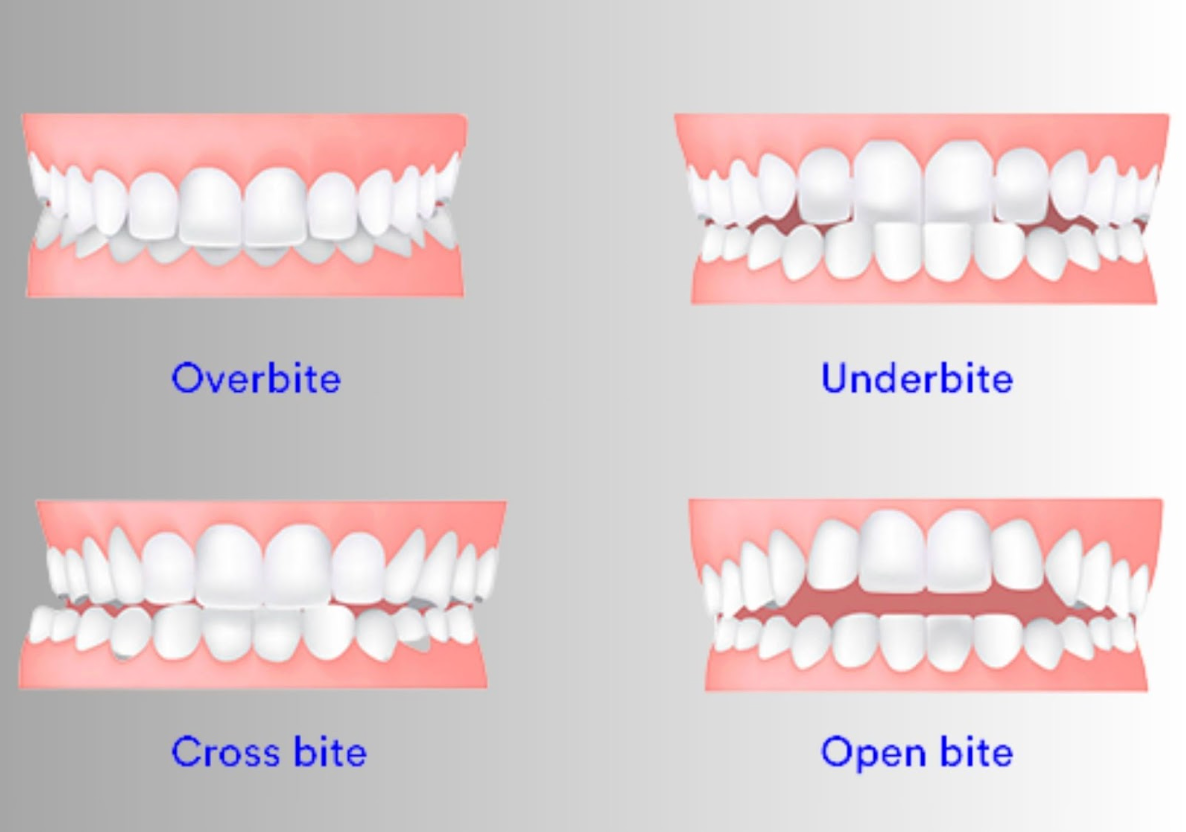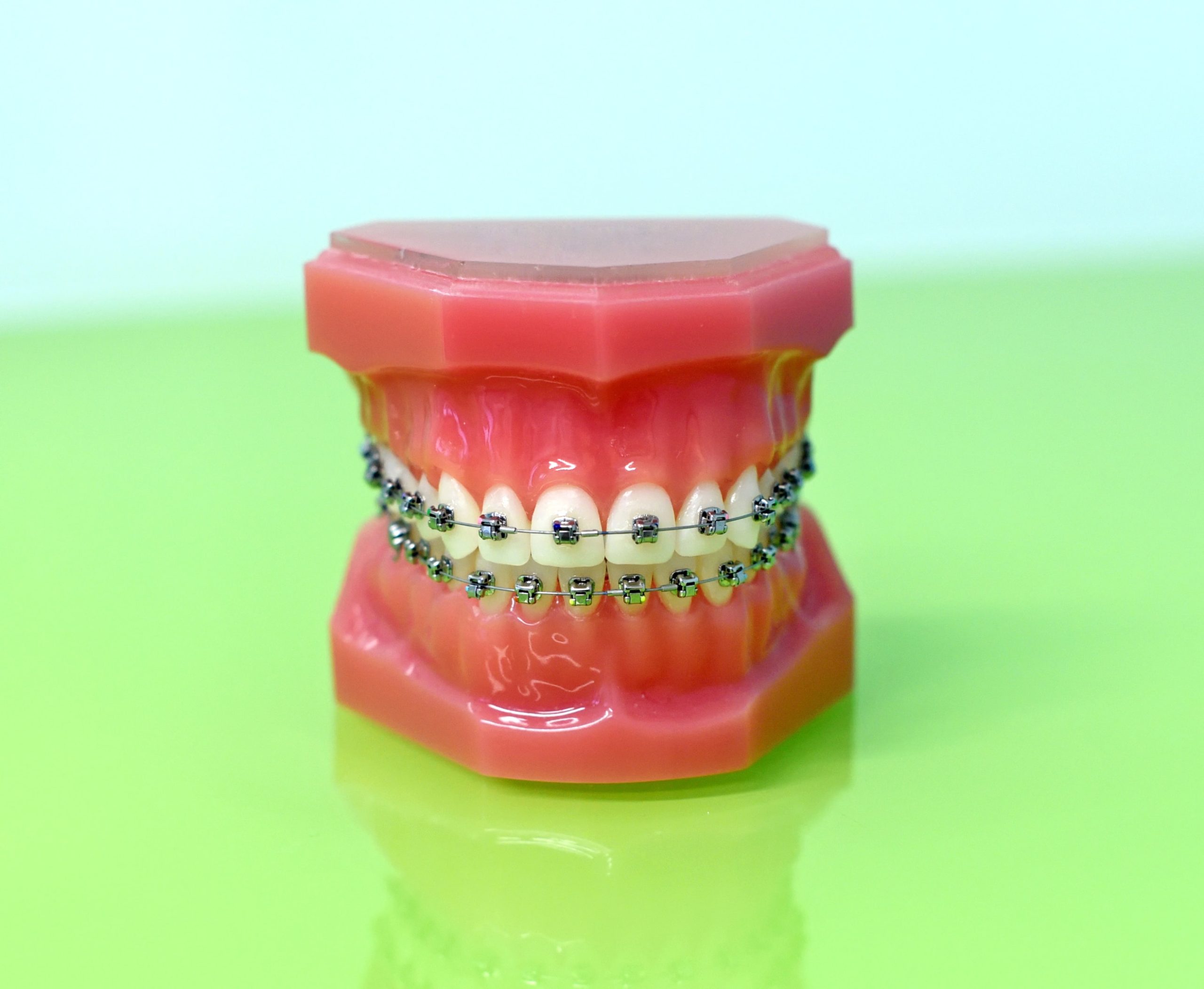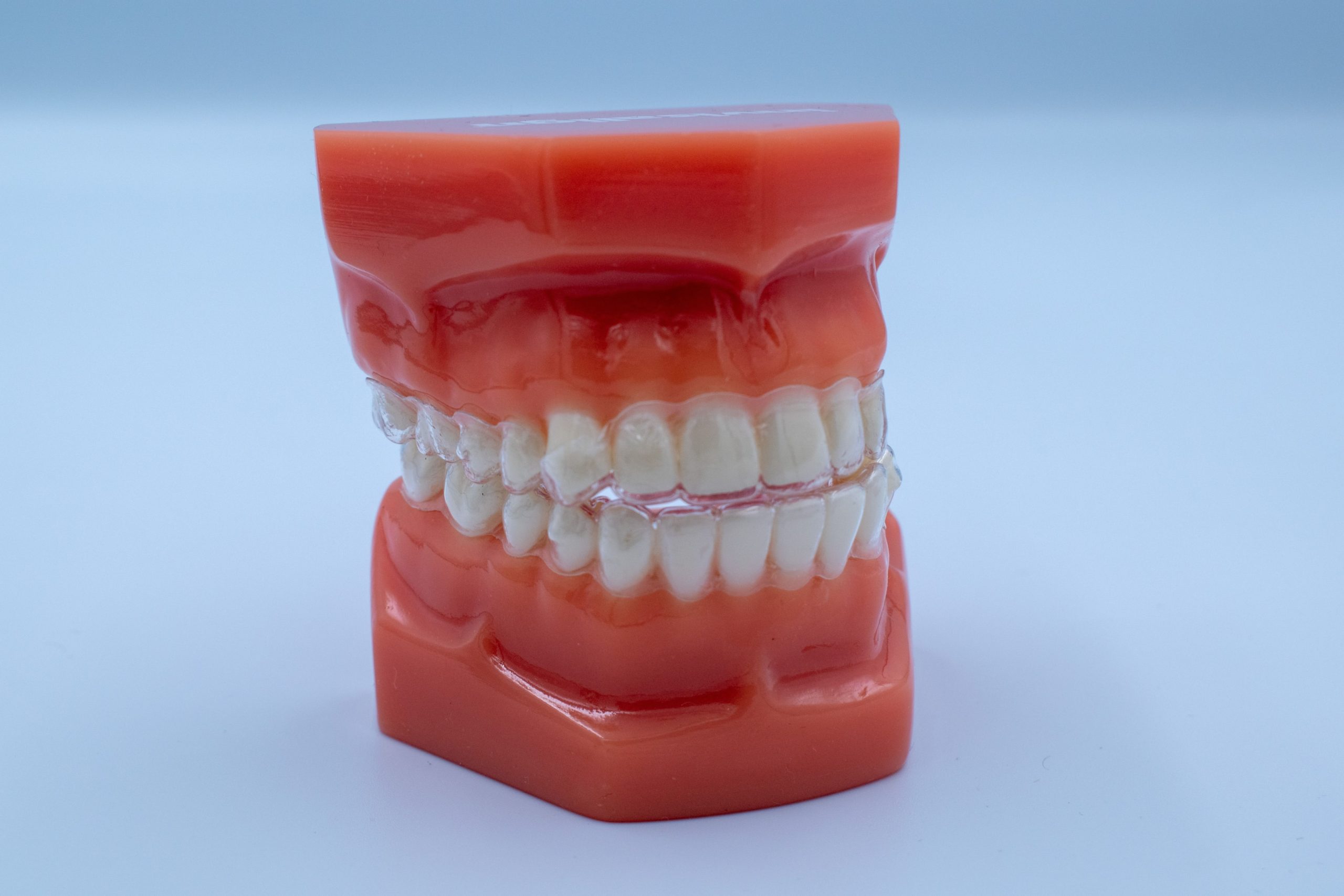Ever wondered, “Do I need braces?” It’s a question many parents face when considering the best oral care for their children at a dental clinic.
Whether it’s crooked teeth, a misaligned bite, or other dental issues, braces can be a game-changer.
This blog will explore the signs that indicate braces might be necessary, the types of bites that require correction, the benefits of braces, and why you should choose Impact Orthodontics in Calgary for your child’s orthodontic care.
When Do Kids Need Braces?
Persistent Thumb Sucking
Thumb sucking is a natural reflex for babies and young children. However, if it continues beyond the age of 4-5 years, it can affect the alignment of the teeth and the development of the mouth. This can lead to the need for braces later on to correct these issues.
Early or Late Arrival of Baby Teeth
The timing of the arrival of baby teeth can also be an indicator of future orthodontic needs. Early or late eruption of baby teeth may signal potential alignment issues that could require braces. Monitoring the development of baby teeth helps in identifying any early signs of misalignment, allowing for timely intervention.
Early Signs Indicating the Need for Braces: Crooked Teeth
Not sure if your child needs braces? Maybe they have asked you “Do I Need Braces?”
Here are some early indicators:
- Crowded or Crooked Teeth: If your child’s teeth are overlapping or misaligned, it’s a clear sign that they might need braces. Crowded teeth can be difficult to clean, leading to cavities and gum disease. Overlapping teeth create tight spaces where plaque can build up, making regular brushing and flossing less effective.
- Misaligned Jaw: Problems like overbites, underbites, and crossbites can affect chewing and speaking. These issues often require orthodontic intervention to correct. Misalignment can lead to jaw pain and even affect the overall shape of your child’s face if not treated early.
- Difficulty in Chewing or Biting: If your child struggles with eating, it might be due to misaligned teeth, which braces can help rectify. Difficulty in biting or chewing can also lead to digestive issues since food is not properly broken down.
- Breathing Through the Mouth: This can be a sign of jaw misalignment, which braces can help correct. Mouth breathing can also lead to dry mouth, increasing the risk of cavities and bad breath.
- Persistent Thumb Sucking: Habits like thumb sucking can impact the alignment of teeth and may require braces to correct the damage done. Thumb sucking beyond the age of five can lead to protruding front teeth and an improper bite.
- Early Loss of Baby Teeth: Losing baby teeth too early can impact the proper growth and development of permanent teeth. Braces can help ensure the straightness of permanent teeth if they do come through misaligned.
Tip: Regular dental check-ups can help identify these issues early. The American Association of Orthodontists recommends that children see an orthodontist by age 7.
Types of Bites and Misaligned Teeth: Their Need for Braces
- Overbite: When the upper front teeth overlap the lower front teeth excessively. This can lead to gum problems or irritation and may require braces to correct. An overbite can also cause the lower teeth to bite into the roof of the mouth.
- Underbite: When the lower teeth are too far forward or the upper teeth too far back. This can affect the facial appearance and make chewing difficult. Underbites can lead to excessive wear on the lower teeth and uneven tooth wear, affecting appearance and chewing.
- Crossbite: When some upper teeth sit inside the lower teeth rather than outside. This can lead to misaligned jaw growth. Crossbites can cause tooth wear, gum disease, and bone loss.
- Open Bite: When there is a gap between the upper and lower teeth when the mouth is closed. This can affect speech and eating. Open bites can result from habits like thumb sucking and can make it difficult to bite into food.
Tip: Correcting bite issues early can prevent more serious dental problems in the future.
Common Misconceptions About Braces
- Braces Are Only for Aesthetic Purposes: While braces do improve the appearance of your smile, their primary purpose is to correct functional issues like misaligned bites, which can lead to more serious health problems if left untreated.
- Braces Are Only for Teens: Orthodontic treatment can benefit people of all ages. Early intervention in children can guide proper jaw growth, while teens and adults can achieve alignment and function improvements at any age.
- Braces Are Painful: Modern orthodontics has made braces more comfortable than ever. While there might be some discomfort as teeth move, advancements in technology and materials have significantly reduced pain.
- Treatment Takes Forever: Treatment duration varies depending on the complexity of the case, but advancements in orthodontics have made treatments faster and more efficient than in the past.
Benefits of Braces
Health and Aesthetic Benefits
Braces offer numerous benefits beyond just a beautiful smile:
- Better Oral Health: Straighter teeth are easier to clean, reducing the risk of cavities and gum disease. Proper alignment allows for improved oral hygiene practices and decreases the likelihood of developing dental issues.
- Enhanced Speech and Chewing: Properly aligned teeth can improve speech clarity and make chewing more efficient. Misaligned teeth can cause speech impediments and difficulty in chewing, which can be corrected with braces.
- Boosted Confidence: A straight smile can significantly boost your child’s self-esteem and social interactions. Children and teens are often self-conscious about their appearance, and a perfect smile can enhance their confidence.
- Preventing Future Dental Issues: Addressing orthodontic issues early can prevent more severe problems, such as tooth decay, gum disease, and jaw pain, down the line. Misaligned teeth can cause abnormal wear of tooth surfaces, difficulty in chewing, and even pain in the muscles and joints of the jaw.
- Addressing Various Dental Issues: Wearing braces can effectively address dental issues like malocclusion, crowded or misaligned teeth, and bite problems. It is important to consult a dentist or orthodontist to determine the best course of action for your child’s specific needs.
Tip: Remind your child that while braces might be uncomfortable at first, the long-term benefits are well worth it.
Types of Braces
- Traditional Metal Braces: These are the most common type of braces, made of high-grade stainless steel. Modern metal braces are smaller, more comfortable, and less noticeable than those of the past.
- Ceramic Braces: These braces are made of clear ceramic material and are less visible on your teeth compared to metal braces. Ceramic braces are popular with teens and adults who are concerned about the aesthetic aspects of braces.
- Lingual Braces: These are placed behind the teeth, making them invisible from the front. Lingual braces are customized to the shape of your teeth, and while they might take longer to get used to, they are an excellent option for those who want their braces to be less visible.
Tip: Consult with your orthodontist to determine which type of braces is best suited for your child’s needs.
Invisalign: A Modern Alternative to Traditional Braces
Invisalign has revolutionized orthodontic treatment, offering a discreet and convenient option for teeth straightening, especially for those with crooked or crowded teeth. Here are some key benefits of choosing Invisalign:
- Removability: Unlike traditional braces, Invisalign aligners are removable. This means your child can take them out when eating, brushing, and flossing, making it easier to maintain good oral hygiene and enjoy their favorite foods without restrictions.
- No Dietary Restrictions: With traditional braces, certain foods like popcorn, nuts, and sticky candies are off-limits because they can damage the braces. Invisalign aligners can be removed during meals, allowing your child to eat whatever they like.
- Comfort: Invisalign aligners are made of smooth plastic, which is less likely to irritate the gums and cheeks compared to metal braces. This makes them more comfortable to wear.
- Fewer Office Visits: Traditional braces require regular adjustments, which means frequent visits to the orthodontist. Invisalign treatment typically requires fewer office visits, as you receive several sets of aligners at once and only need to check in periodically.
Tip: Invisalign might be an excellent option for your child if they are responsible enough to wear the aligners as directed and if their orthodontic issues are not too complex.
Why Choose Impact Orthodontics?
At Impact Orthodontics we pride ourselves on offering top-notch orthodontic care in Calgary, AB, and surrounding communities.
Here’s why you should choose us:
- Expertise and Experience: Our team of skilled orthodontists has extensive experience in treating children and teenagers, ensuring they receive the best possible care. We stay updated with the latest advancements in orthodontics to provide the most effective treatments.
- Personalized Treatment Plans: We tailor each treatment plan to meet the unique needs of your child, ensuring optimal results. Each treatment plan is customized to address the specific dental issues of each patient.
- State-of-the-Art Technology: We use the latest orthodontic technologies to provide efficient and effective treatments. Our clinic is equipped with cutting-edge equipment to ensure precise diagnostics and treatment.
- Family-Friendly Environment: Our clinic is designed to be welcoming and comfortable for children, making their orthodontic experience positive and stress-free. We understand that a friendly and supportive environment can make a significant difference in the treatment process.
- Comprehensive Services: From initial consultation to post-treatment care, we offer a comprehensive range of services to ensure your child’s orthodontic journey is smooth and successful.
- Community Commitment: As a part of the Calgary community, we are dedicated to improving the oral health of our neighbours. We participate in local events and provide educational resources to promote good dental habits.
Tip: Schedule a free consultation with us to discuss your child’s orthodontic needs and explore the best treatment options available.
The Process of Getting Orthodontic Treatment at Impact Orthodontics
- Initial Consultation: During this visit, we will evaluate your child’s teeth, discuss their dental history, and determine if braces are necessary. We will take x-rays and impressions of their teeth to create a customized treatment plan.
- Treatment Planning: Based on the consultation, we will develop a detailed treatment plan that outlines the type of braces recommended, the expected duration of treatment, and any other necessary procedures.
- Fitting the Braces: Once the treatment plan is agreed upon, we will fit the braces. This process involves cleaning the teeth, applying bonding glue, and placing the brackets and wires.
- Regular Adjustments: Throughout the treatment, your child will need regular visits to adjust the braces and ensure the teeth are moving as planned. These appointments are crucial for monitoring progress and making any necessary changes to the treatment.
- Post-Treatment Care: After the braces are removed, we will provide retainers to maintain the new position of the teeth. We will also schedule follow-up visits to ensure the teeth stay aligned.
Tip: Consistency in attending regular orthodontic appointments is key to achieving the best results.
Conclusion
Understanding the signs that indicate a need for braces and the benefits they offer can help you make informed decisions about your child’s oral health.
Early intervention is key to preventing more serious dental issues in the future.
At Impact Orthodontics, we are committed to providing exceptional orthodontic care tailored to your child’s needs, ensuring they achieve a healthy, beautiful smile.
So, do you need braces?
If you notice any of the signs mentioned or have concerns about your child’s teeth, book your appointment now at Impact Orthodontics.











